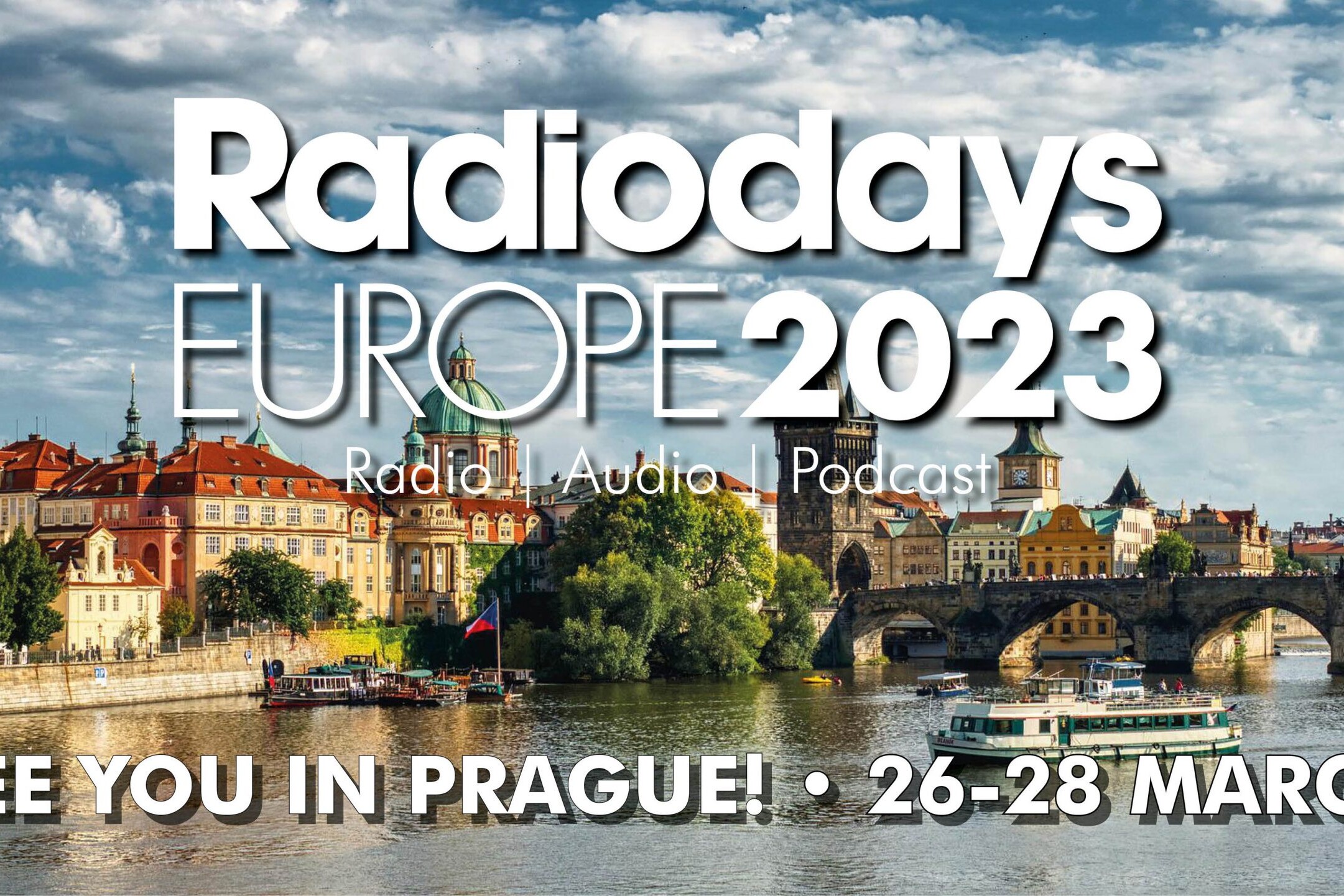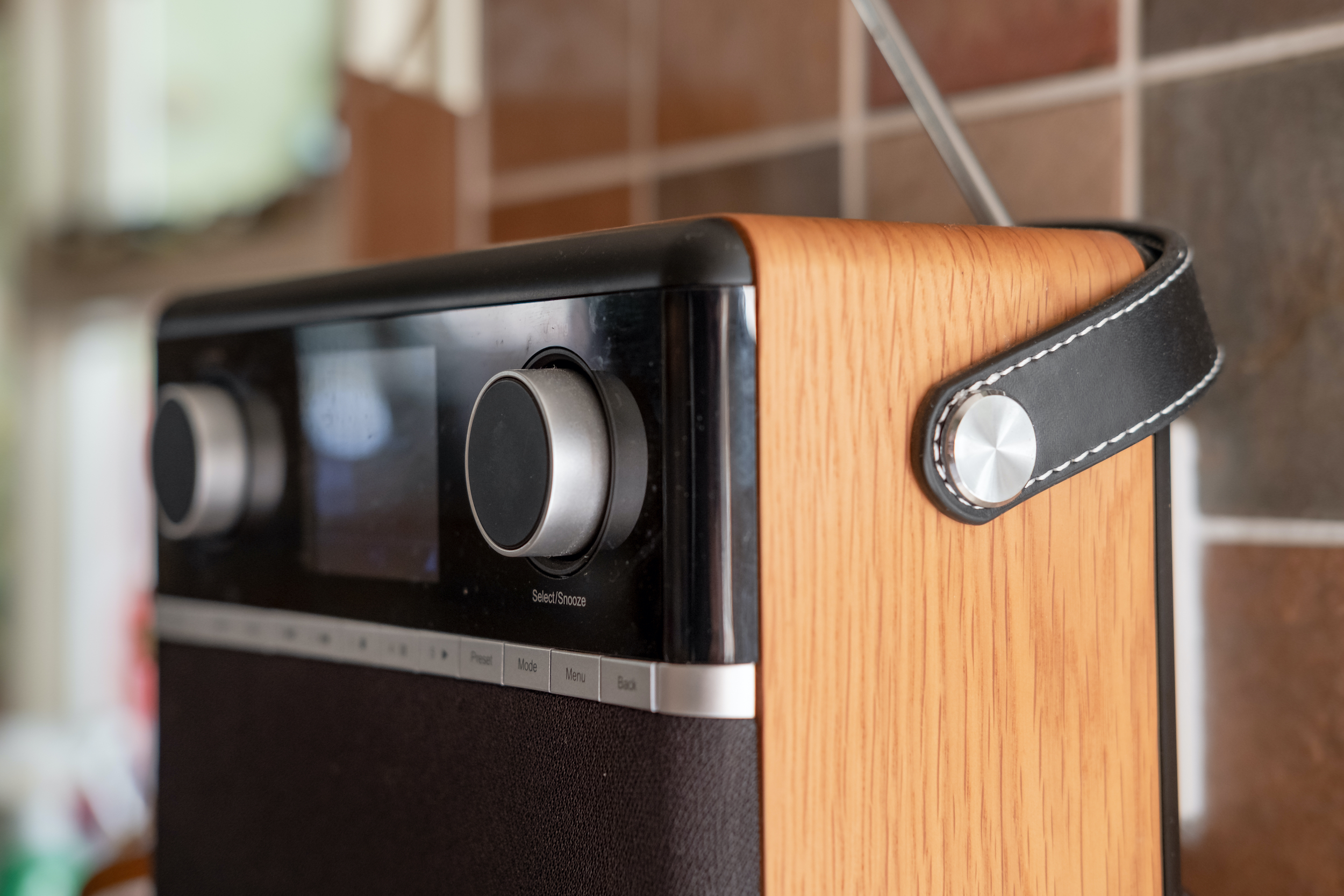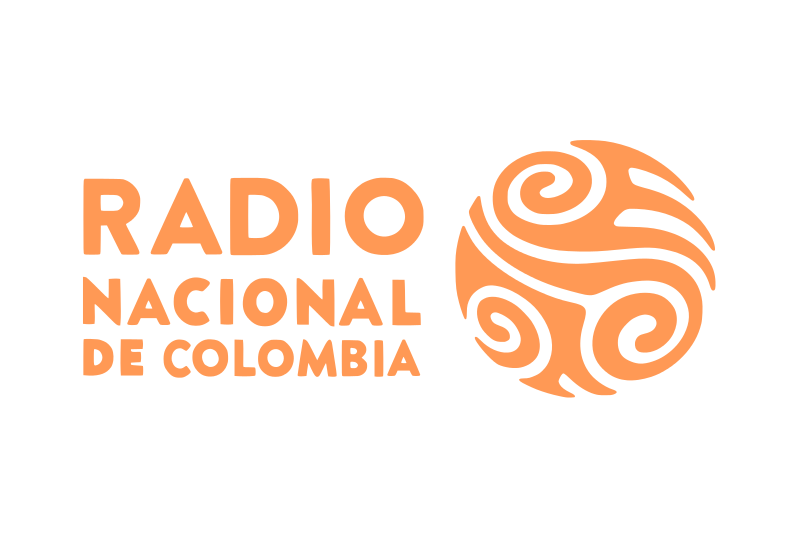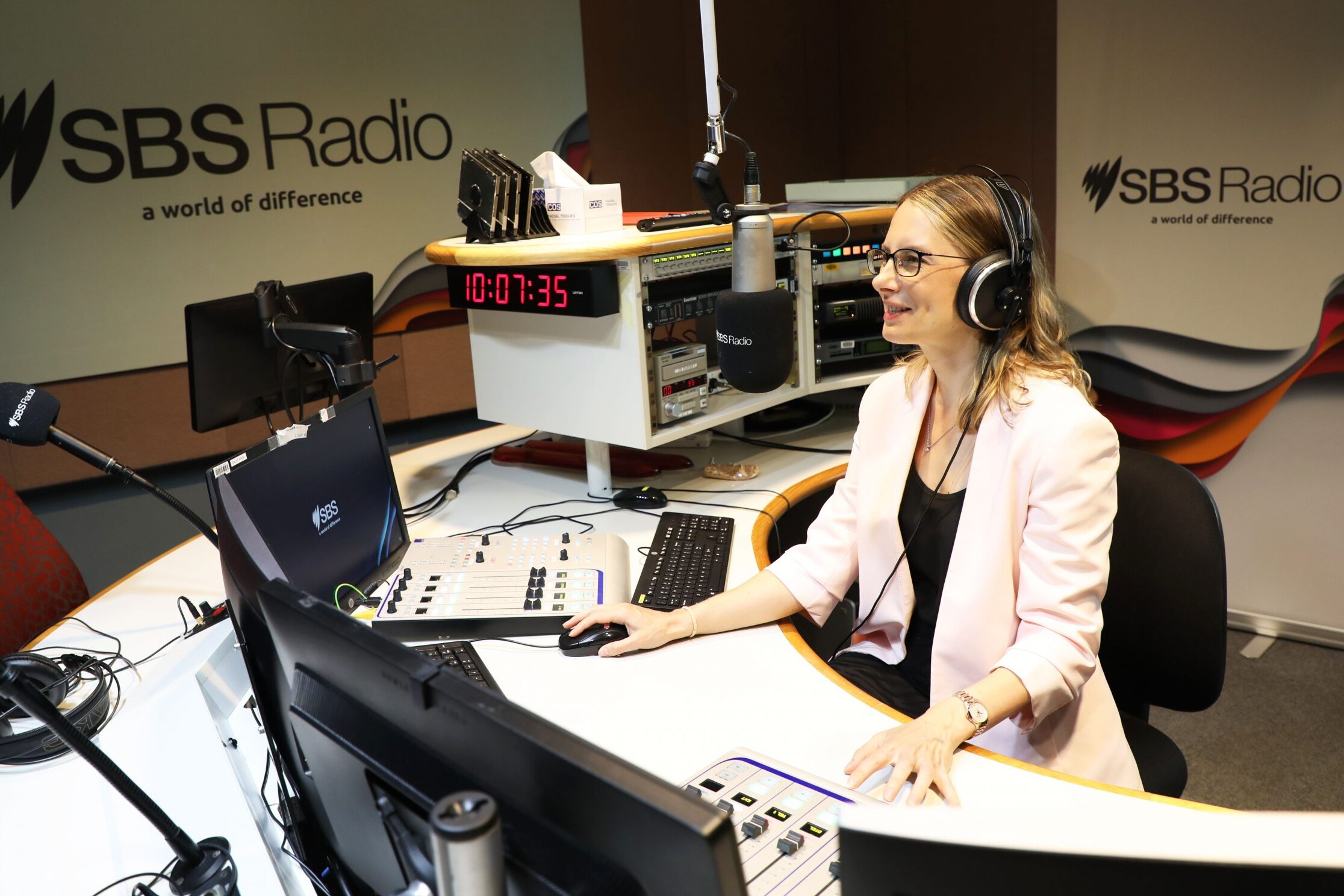Why ‘Radio and Peace’?
War, as an antonym to peace, signifies an armed conflict between countries or groups within a country, but may also translate into a conflict of media narratives. The narrative can increase tensions or maintain conditions for peace in a given context – for instance weigh in on the rough or smooth conduct of elections, the rejection or integration of returnees, the rise or tempering of nationalistic fervour, etc. In reporting and informing the general public, radio stations shape public opinion and frame a narrative that can influence domestic and international situations and decision-making processes.
Radio can indeed fuel conflict but in reality, professional radio moderates conflict and/or tensions, preventing their escalation or bringing about reconciliation and reconstruction talks. In contexts of distant or immediate tension, relevant programmes and independent news reporting provide the foundation for sustainable democracy and good governance by gathering evidence about what is happening, informing citizens about it in impartial and fact-based terms, explaining what is at stake and brokering dialogue among different groups in society.
“… since wars begin in the minds of men, it is in the minds of men that the defences of peace must be constructed.”
That is the reason why support to independent radio has to be viewed as an integral part of peace and stability. On World Radio Day 2023, UNESCO highlights independent radio as a pillar for conflict prevention and peacebuilding.
[Text sourced from UNESCO]
Podcast: How is radio being used as a vehicle for promoting peace?
How is radio being used to advance peace? What sort of content works best on radio stations at breaking down barriers and establishing social cohesion? How do we even know that radio can advance peace?
These are some of the questions we tackle in the latest episode of our podcast, Media Uncovered.
In Colombia, ‘Emisoras de Paz’ – literally ‘stations of peace’ – were established as part of the historic peace agreement signed in 2016 between the Revolutionary Armed Forces of Columbia (FARC) and the Colombian government. The accord promoted the idea of establishing these peace radio stations as a way of bringing communities together which had been riven with violence and conflict during the 50 year civil war. We speak to two people working for the emisoras.
Meanwhile, in the Central African Republic where a decade-long conflict continues to affect the entire country, one independent radio station, Radio Ndeke Luka (RNL), is providing original, engaging, and reliable content to its audiences. We speak to both the editor-in-chief of RNL and the head of editorial content at Fondation Hirondelle, a Swiss NGO which runs the station, and multiple others like it around the world.
In a time of developing technologies, why does radio continue to hold such power when it comes to reaching audiences? And why do audiences continue to put such trust in radio?
Listen on your preferred platform:
Insight: Radio’s contribution towards peace in South Africa
“The history of the SABC is therefore also the history of South Africa’s unique transformation,” writes Wynand Harmse, the former SABC CEO from 1988 to 1994, analysing the unique role SABC – and particularly its radio services – played in support of a peaceful transition at the end of the Apartheid era.
In this Insight, specially commissioned for World Radio Day, Mr. Harmse explores the complex scenarios and precarious situations which SABC had to navigate during a period of intense scrutiny and tension.
For the South African media, the period between Pres de Klerk’s historic announcement in Parliament on 2 February 1990 and the Election of 27 April 1994 was probably the most interesting and exciting but also the most sensitive and difficult period ever. Interpretation and contextualization were extremely complex, especially for the SABC because of its diverse audience (different groups with radically different views of the future compared to the printed media which each had a fairly homogeneous readership profile).
Violence by supporters of the variety of stakeholders and even hectic conflict between different factions of the same race added further elements to a complex equation the media had to interpret and unravel. This resulted in severe pressure exerted on the SABC to give preference to the different conflicting opinions and incidents, inevitably eliciting much criticism from all quarters. The SABC was outspoken about its support of a peaceful negotiated solution for the country. However, relations between NP-government and SABC gradually soured: the SABC could not be anybody’s ally.
Featured image: Claire Suzanne Assamba Denga, journalist and co-producer of the program “Musique et sports”, presents the radio news in the studio A of radio Ndekeluka, the main radio station of the Central African Republic, on March 17 in Bangui, capital of the Central African Republic. Credit: Gwenn Dubourthoumieu / Fondation Hirondelle.
Secondary image: Juan Ricardo Pulido, the Coordinator of the ‘Emisoras de Paz’ for RTVC. Credit: Juan Ricardo Pulido, RTVC
Related Posts
25th October 2022
Discovering local music through public radio
At a time when it’s harder than ever to…
8th March 2022
Colombia’s local radio stations working for peace
In Colombia, local radio stations are…



